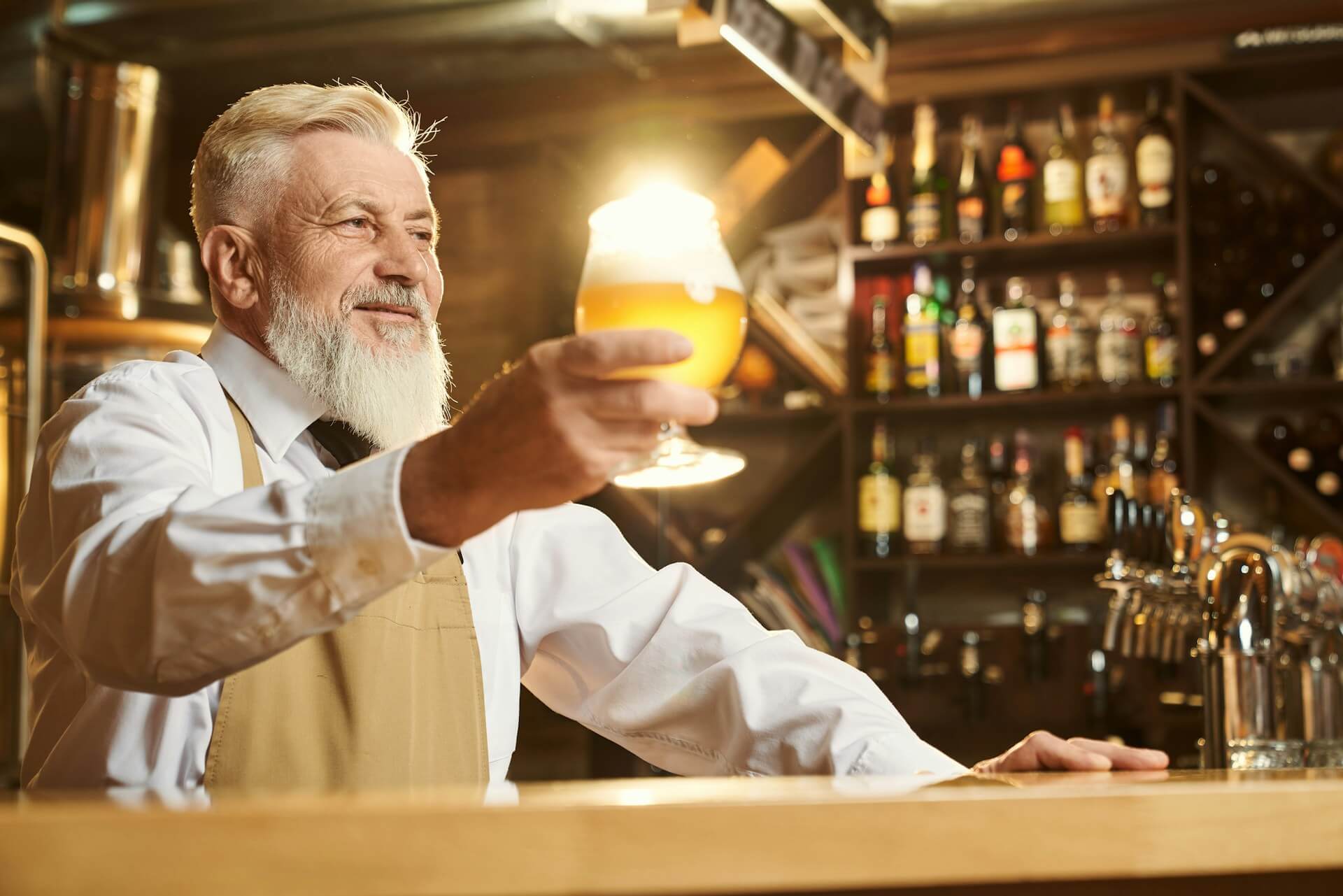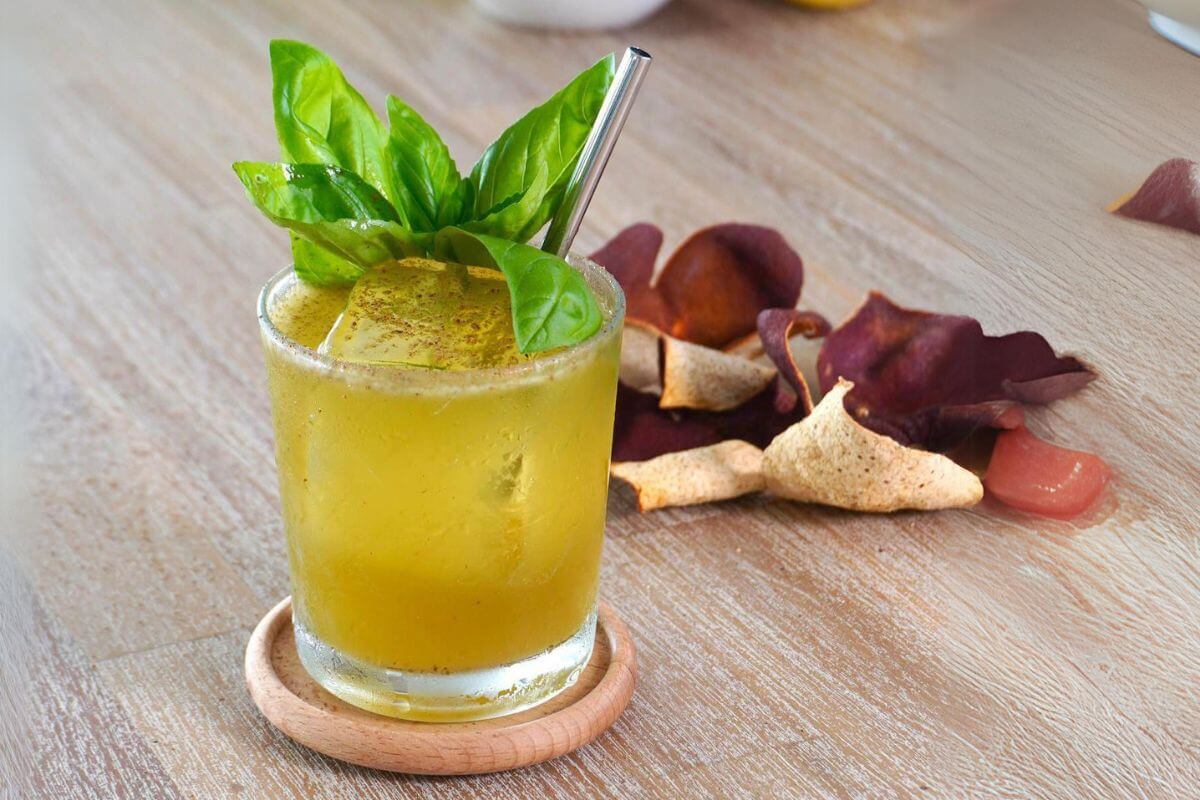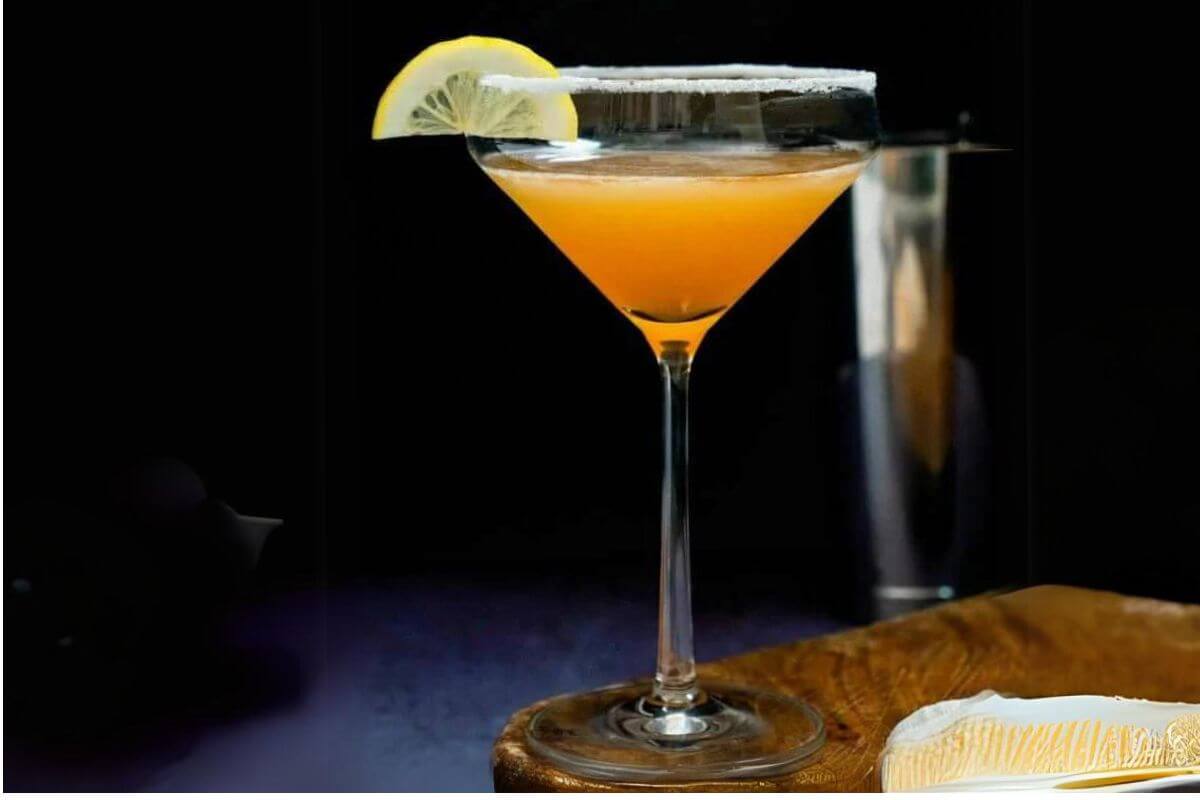Are you ready to elevate your beer game and serve the perfect pint every time? Whether you're hosting a backyard barbecue, a cozy winter gathering, or just enjoying a casual beer with friends, knowing how to serve beer properly can make all the difference in taste and experience. In this guide, we'll walk you through everything you need to know about serving beer, from the ideal temperatures for different types of brews to the best glassware for enhancing flavor. Let's dive in and become beer-serving pros!
The Magic of Serving Temperature
Ever wondered why your favourite beer tastes better at the pub than at home? It might have a lot to do with temperature. Serving beer at the right temperature can enhance its flavors and aromas, giving you the ultimate drinking experience. Here's a quick guide to the perfect temperatures for various types of beer:
Chill Out with Pale Lagers and Pilsners (3-7°C)
When it comes to pale lagers and pilsners, colder is often better. Serving these light, refreshing beers at 3-7°C brings out their crisp, clean flavors. The cold temperature enhances the bitterness and dryness, making them incredibly thirst-quenching. Perfect for a hot summer day or a post-workout refreshment.
Find the Sweet Spot for IPAs and American Pale Ales (7-10°C)
IPAs and American Pale Ales are packed with hoppy goodness, and serving them at 7-10°C allows you to fully appreciate their complex flavors. This temperature range strikes a balance between enhancing the beer's bitterness and preserving its aromatic qualities. It's where the magic happens.
Keep It Traditional with Real Ales (10-12°C)
If you're a fan of traditional British pub culture, you'll love real ales served at 10-12°C. This is the classic cellar temperature in British pubs, and it brings out the malty, complex flavors of these brews. It's like a cozy pub experience right in your home.
Warm Up with Stouts and Porters (11-13°C)
For those dark, rich stouts and porters, a slightly warmer temperature of 11-13°C is ideal. These beers have deep, roasted flavors that come to life at higher temperatures. Imagine sipping on a velvety stout by the fireplace on a chilly evening—not much can beat that.
The Cold Beer Craving
There's something undeniably satisfying about an ice-cold beer, especially on a hot day. But did you know that serving beer too cold can mask its flavors? While it's tempting to serve all beers at freezing temperatures, it’s important to consider the type of beer and the occasion.
The Refreshing Power of Cold Beer
Ice-cold beer enhances bitterness and dryness, which is why it's so refreshing. This is perfect for lighter, mass-produced lagers that don't have many flavors to begin with. When you're looking for a crisp, thirst-quenching experience, go ahead and chill your beer to the lower end of the temperature spectrum.
Balancing Flavor and Freshness
Craft beers with higher alcohol content can lose their complexity if served too cold. Low temperatures inhibit the aromas of the ingredients, masking the rich flavors that brewers have carefully crafted. To get the most out of your craft beer, serve it a couple of degrees warmer than your typical light lager. This way, you'll enhance the flavors without compromising on that refreshing feel.
Adjusting for the Weather
The weather plays a big role in how we enjoy our beer. On a scorching summer day, a cold beer is a must. But on a cozy winter afternoon, you might want to enjoy your stout or porter at a warmer temperature. Don't be afraid to tweak the serving temperature based on the weather and your personal preference. It's all about finding that sweet spot where flavor meets freshness.
Beer Fridge Basics
Having a dedicated beer fridge is a game-changer for beer enthusiasts. It allows you to store your beer at the optimal temperature, ensuring it's always ready to drink. But remember, the storage temperature is not the same as the serving temperature.
The Ideal Beer Fridge Temperature
For a mixed collection of beers, a fridge temperature of 5°C works well. This allows for natural warming after you've served the drink. If you have different types of beer, you might want to adjust the temperature based on your current stock and the occasion.
Storing Beer in a Regular Fridge
If you're using a regular food fridge, keep it between 0-5°C. This is fine for light lagers and pilsners, but it’s a bit too cold for most ales. For the best experience, consider getting a dedicated beer fridge or adjusting the temperature of your regular fridge when you have a variety of beers.
Quick Tips for Optimal Storage
- Store your beer at 1-2°C below the drinking temperature to compensate for natural warming.
- Cans transfer heat faster than glasses, so consider this when deciding on storage and serving methods.
- Keep your beer fridge organized and rotate your stock to ensure you're always drinking the freshest beer.
Glassware Matters
Believe it or not, the glass you use can significantly impact your beer-drinking experience. Different glasses are designed to enhance the flavors and aromas of specific beer styles. Let's explore some popular glassware choices and how they can elevate your beer game.
The Classic Pint Glass
The pint glass is a versatile choice that works well for many beer styles, especially pale ales and lagers. Its wide mouth allows for a good head of foam, and it's easy to hold and drink from. If you're just starting your beer glass collection, pints are a great place to begin.
The Elegant Tulip Glass
Tulip glasses are perfect for capturing and enhancing the aromas of Belgian ales, IPAs, and other aromatic beers. The flared lip helps retain the head and directs the aroma straight to your nose. Plus, they add a touch of elegance to your beer presentation.
The Sturdy Mug
Beer mugs are ideal for hearty, robust beers like stouts and porters. Their thick walls help keep the beer at the right temperature, and the handle prevents your hand from warming up the drink. Mugs also have a nostalgic, old-world charm that's hard to beat.
Pouring Techniques
Pouring beer might seem straightforward, but there's an art to it. The way you pour can affect the beer's head, carbonation, and overall taste. Here are some techniques to master the perfect pour.
The 45-Degree Angle
Start by holding the glass at a 45-degree angle and pouring the beer down the side. This technique minimizes foam and helps maintain the beer's carbonation. When the glass is about halfway full, straighten it and pour down the middle to create a nice head.
The Hard Pour
For some beers, like stouts and porters, a hard pour can enhance the drinking experience. Hold the glass upright and pour the beer directly into the center. This creates a thick, creamy head that complements the beer's rich flavors.
Swirling for Aroma
With aromatic beers like IPAs and Belgian ales, a gentle swirl can release the aromas and enhance the tasting experience. Pour the beer slowly and give the glass a slight swirl before taking a sip. This technique brings the beer's bouquet to life.
The Perfect Pairings
Pairing beer with food can elevate both the drink and the meal. Whether you're hosting a dinner party or just enjoying a casual snack, here are some classic pairings to try.
Light Lagers and Spicy Foods
The crisp, refreshing qualities of light lagers make them a great match for spicy dishes. The beer's bitterness can balance the heat, while its carbonation cleanses the palate. Try pairing a pale lager with spicy tacos, buffalo wings, or a zesty curry.
Hoppy Beers and Rich Foods
IPAs and other hoppy beers have bold flavors that can stand up to rich, fatty foods. The bitterness of the beer cuts through the richness, creating a harmonious balance. Pair an IPA with a juicy burger, greasy pizza, or a plate of loaded nachos.
Dark Beers and Desserts
Stouts and porters have deep, roasted flavors that complement sweet, decadent desserts. The beer's malty notes can enhance the sweetness of chocolate, caramel, and coffee-based treats. Enjoy a stout with a chocolate cake, tiramisu, or a scoop of vanilla ice cream.
Storing Beer Properly
Proper storage is key to maintaining the quality and flavor of your beer. Here are some tips to ensure your beer stays fresh and delicious.
Keep It Cool
Store beer in a cool, dark place to prevent it from spoiling. Heat and light can cause the beer to oxidize and develop off-flavors. A dedicated beer fridge is ideal, but a cool pantry or basement works too.
Store Upright
Always store beer bottles and cans upright. This minimizes the surface area exposed to air and reduces the risk of oxidation. It also helps keep the sediment at the bottom, ensuring a clear pour.
Mind the Expiry Date
Beer is best enjoyed fresh, so keep an eye on the expiry date. While some beers can age well, most are meant to be consumed within a few months of purchase. Rotate your stock and drink the oldest beers first.
The Importance of Clean Glassware
Clean glassware is essential for enjoying your beer to the fullest. Residue and detergent can affect the beer's head and taste. Here's how to keep your glasses in top shape.
Rinse Thoroughly
Rinse your glasses thoroughly with hot water before using them. This removes any dust or residue that might affect the beer's flavor. Avoid using soap, as it can leave a film that disrupts the head.
Air Dry
Air drying is the best way to ensure your glasses are spotless. Place them on a clean, lint-free towel and allow them to dry naturally. Avoid using a dish towel, as it can leave fibers behind.
Inspect for Cleanliness
Before pouring your beer, inspect the glass for any spots or residue. Hold it up to the light to check for clarity. A clean glass enhances the beer's appearance and taste, making your drinking experience more enjoyable.
The Role of Carbonation
Carbonation is a crucial element of beer that affects its mouthfeel, flavour, and aroma. Understanding how carbonation works can help you serve beer like a pro.
Natural vs. Forced Carbonation
Beer can be carbonated naturally through fermentation or artificially by adding CO2. Natural carbonation tends to produce finer, softer bubbles, while forced carbonation creates larger, more intense bubbles. Both methods have their place, depending on the beer style.
Adjusting Carbonation Levels
Some beers benefit from higher carbonation levels, while others are better with a gentle fizz. For example, wheat beers and Belgian ales often have higher carbonation, which enhances their effervescence. On the other hand, stouts and porters usually have lower carbonation, allowing their rich flavors to shine.
Serving and Carbonation
The way you pour and serve beer can also affect its carbonation. Pouring too aggressively can cause the beer to lose its fizz, while a gentle pour preserves the bubbles. Experiment with different pouring techniques to find the perfect balance.
Exploring Beer Styles
The world of beer is vast and diverse, with countless styles to explore. Each style has its own unique characteristics and serving recommendations. Here's a quick overview of some popular beer styles and how to serve them.
Lagers
Lagers are known for their clean, crisp flavors and smooth finish. They are best served cold, around 3-7°C, to enhance their refreshing qualities. Popular styles include pale lagers, pilsners, and Vienna lagers.
Ales
Ales cover a wide range of styles, from pale ales and IPAs to stouts and porters. They are typically served at slightly warmer temperatures, around 7-13°C, to bring out their complex flavors. Experiment with different serving temperatures to find what works best for each style.
Wheat Beers
Wheat beers are light, refreshing, and often hazy in appearance. They have a higher carbonation level and are best served cold, around 3-7°C. Popular styles include hefeweizen, witbier, and American wheat beer.
Conclusion
Serving beer is an art that combines science, creativity, and passion. By understanding the ideal temperatures, glassware, pouring techniques, and pairings, you can elevate your beer-drinking experience and impress your friends. Whether you're a seasoned beer enthusiast or just starting your beer journey, these tips will help you master the art of serving beer. Cheers to great beer and even greater moments!




